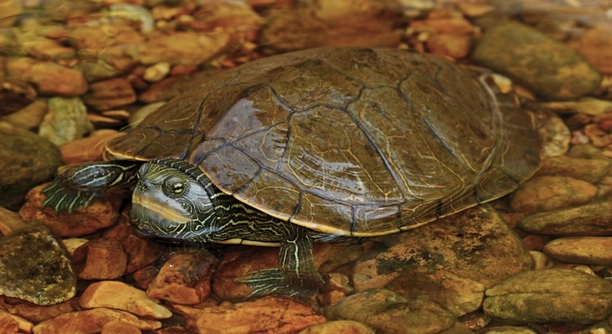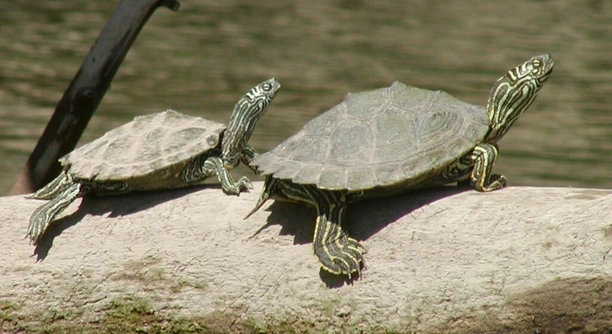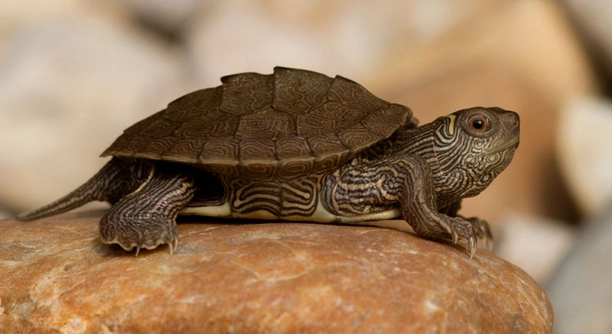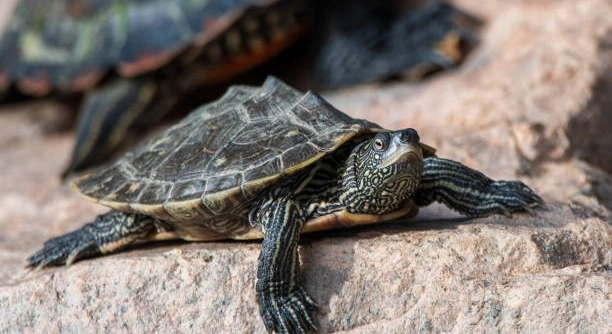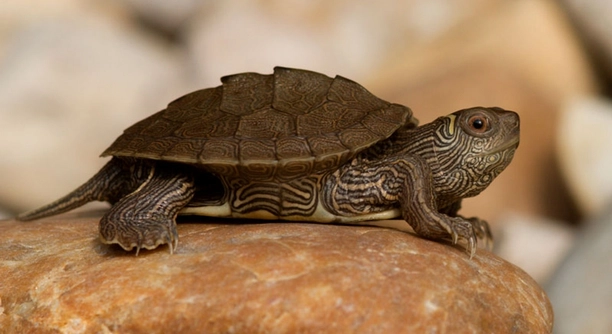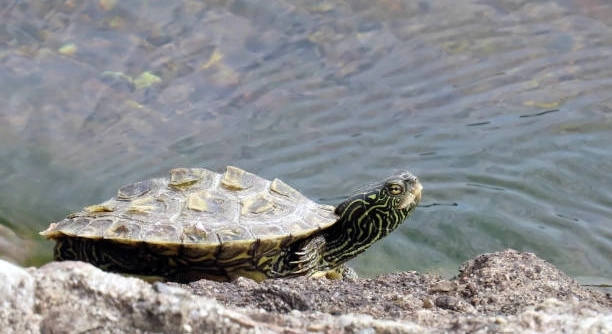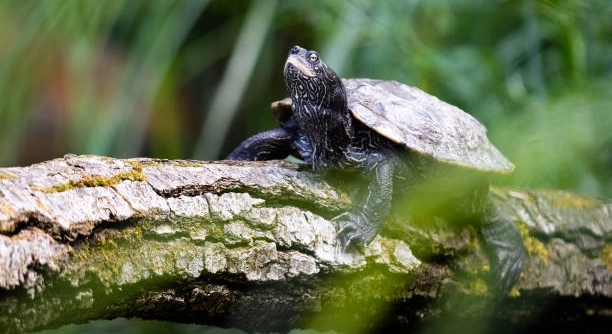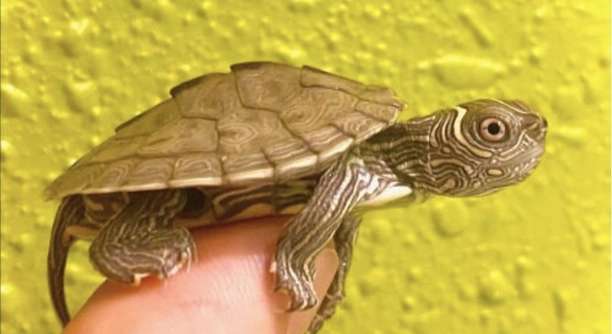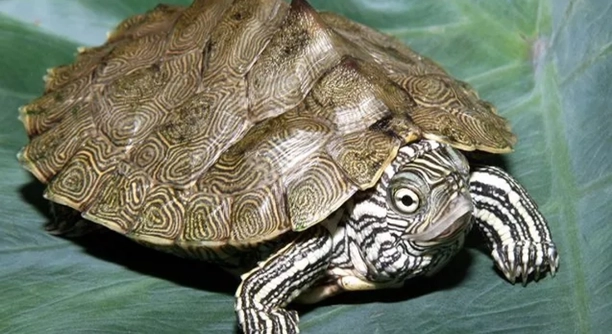7 Signs Your Map Turtle Is Thriving in Its Environment
Map turtles thrive in specific environments that cater to their needs. Recognizing the signs that your map turtle is happy and healthy will help ensure it continues to live a full and enriched life.Proper environmental conditions, such as suitable water temperature, basking areas, and appropriate diet, significantly affect the well-being of map turtles. Key indicators … Read more

